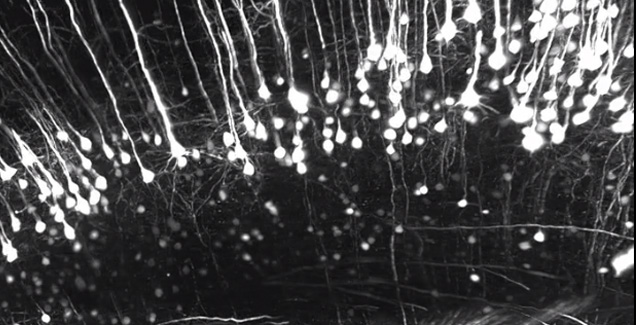
Light Sheet
ClearScope is a revolutionary light sheet theta microscope system designed to work with a wide range of cleared specimens. Its patented technology has been developed through a collaboration between scientists at Columbia University and MBF Bioscience. ClearScope is designed to meet the unique challenges inherent to imaging cleared organs and brain specimens with high-resolution optics capable of distinguishing and obtaining quantifiable imaging data pertaining to fluorescence, neurons, vessels, and subcellular structures like dendritic spines.









